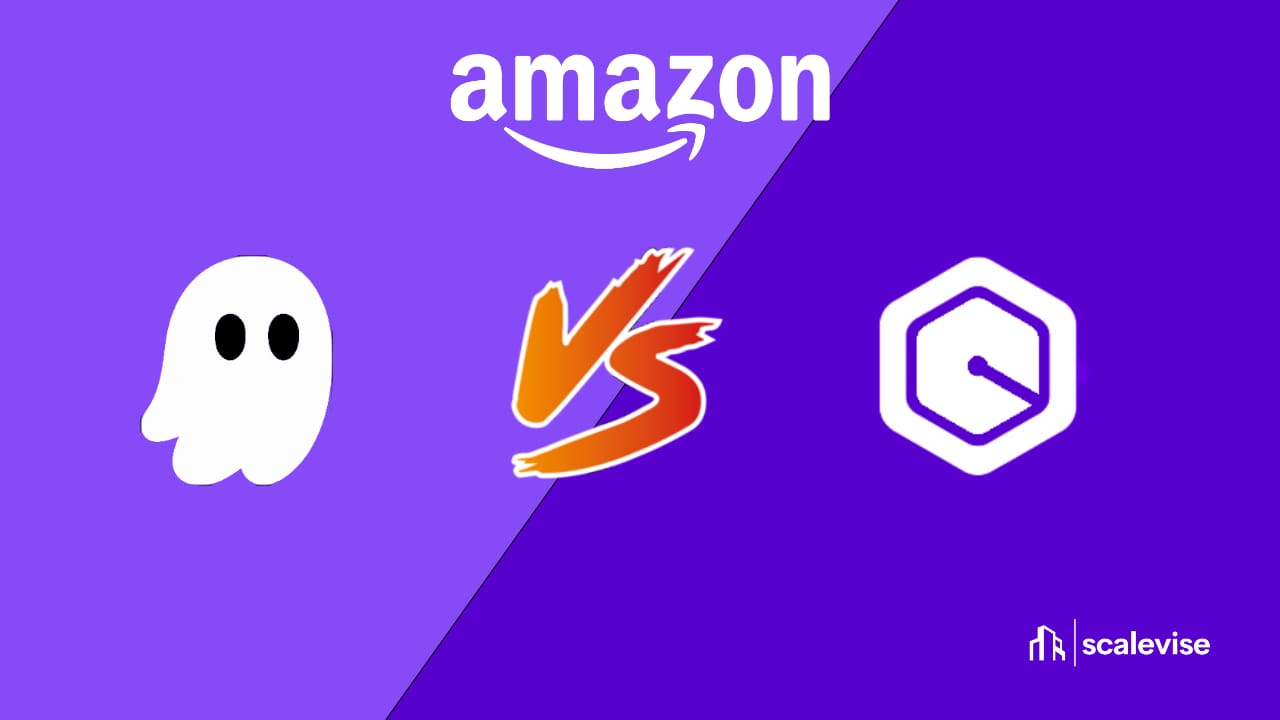Amazon Q vs Amazon Kiro: What's the Real Difference and Which One Do You Need?

Amazon is doubling down on enterprise AI — but with both Amazon Q and Amazon Kiro hitting the market, confusion is rising. Which tool is right for your team? What problems do they actually solve? And how do they fit into your broader AI strategy?
In this article, we’ll break down:
- What Amazon Q and Kiro actually are
- How their use cases differ
- Which teams benefit from each
- Why this matters for enterprise automation
Try the Sales Agent Now
What Is Amazon Q?
Amazon Q is Amazon’s business-focused generative AI assistant. Think of it as your company’s internal knowledge base, assistant, and automation agent rolled into one.
Its primary focus is:
- Summarizing business reports
- Answering internal questions from docs or databases
- Automating tasks within AWS and enterprise systems
- Helping non-technical teams make smarter decisions
Amazon Q is part of Amazon's broader Bedrock ecosystem, making it ideal for enterprise environments where internal data, permissions, and privacy matter.
Example: A marketing manager uses Q to generate a performance report based on multiple AWS data sources and internal analytics tools — without writing a single line of code.
What Is Amazon Kiro?
Amazon Kiro, on the other hand, is designed for developers. It’s an AI IDE agent that lives inside your dev environment and helps with:
- Code generation
- Recognizing your internal APIs and code patterns
- Suggesting fixes aligned with internal standards
- Streamlining onboarding for new devs
It’s not just another autocomplete tool — Kiro is deeply aware of your enterprise architecture, deployment flows, and coding conventions.
Example: A backend developer working in a large microservices architecture gets contextual suggestions from Kiro based on existing internal APIs, helping ship faster and safer.
Key Differences Between Amazon Q and Amazon Kiro
| Feature | Amazon Q | Amazon Kiro |
|---|---|---|
| Primary Audience | Business users, analysts, operations | Developers, DevOps, software architects |
| Core Purpose | Task automation, data analysis, Q&A | Code suggestions, IDE agent, onboarding help |
| Integration | AWS apps, documents, CRM, databases | IDEs, CI/CD, internal repos |
| Internal Knowledge Usage | ✅ Summarizes and queries | ✅ Suggests code and patterns |
| Deployment Focus | Company-wide | Dev teams |
| Example Role | Product Manager | Full Stack Developer |
Do You Need Amazon Q or Kiro?
Here’s how to decide:
Use Amazon Q if:
- You need an internal AI assistant for non-dev teams
- You want to automate knowledge work
- Your org uses AWS and wants tighter internal task automation
Use Amazon Kiro if:
- You’re looking to augment your developers
- You want AI that understands your internal repos, APIs, and standards
- You’re managing complex deployments with lots of team members
Where They Might Overlap
Both tools will likely work together in enterprise settings.
- Q powers the business side: generating reports, answering internal questions, executing AWS tasks.
- Kiro powers the tech side: writing, reviewing, and understanding complex enterprise codebases.
This dual-strategy fits perfectly in mid-to-large companies with siloed departments and strong DevOps pipelines.
Why It Matters for Your Tech Stack
AI is fragmenting into vertical solutions and generic chatbots are no longer enough.
Amazon’s Q and Kiro are signs of a new trend: AI agents with specific roles. Instead of relying on general LLMs for everything, companies will deploy a fleet of role-specific AIs.
That’s the strategy behind Scalevise's AI agent solutions.
Final Thoughts
If you’re an enterprise deciding between Amazon Q and Amazon Kiro don’t.
You probably need both.
Q empowers your decision-makers, Kiro supercharges your devs. Together, they bring you closer to end-to-end AI-powered operations.
Explore More
- What Are AI Agents and How They Work →
- Kiro vs GitHub Copilot →
- AI Tools Every Business Should Know in 2025 →
- Run a Free AI Scan →
Want Help Integrating These Tools?
Scalevise helps companies integrate and optimize AI tools like Amazon Q and Kiro — fast, secure, and tailored to your infrastructure.
→ Book a call or scan your workflows now
Try the Sales Agent Now
